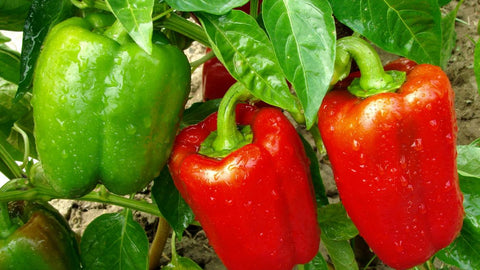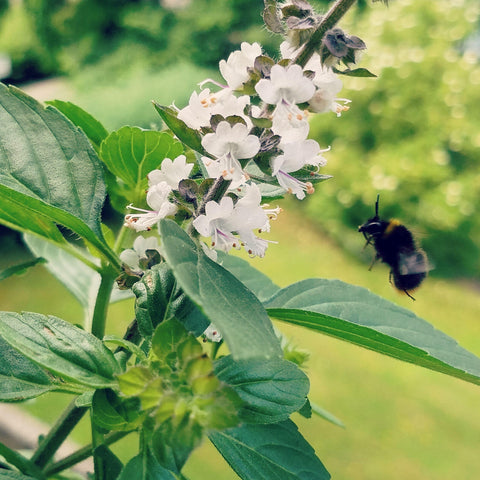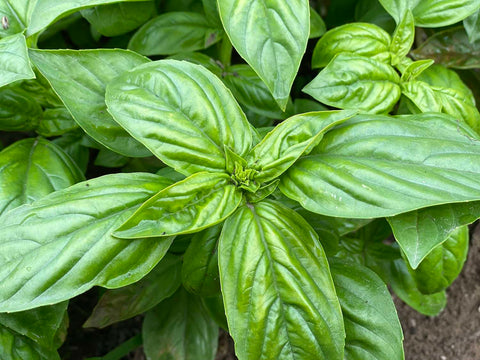As the frosty grip of winter loosens its hold and the first signs of spring begin to emerge, gardeners eagerly anticipate the arrival of colorful blooms heralding the new season. Among the most beloved and anticipated are spring bulbs, those miraculous underground treasures that burst forth with a riot of colors, shapes, and fragrances. In this comprehensive guide, we'll explore the art and science of planting and caring for spring bulbs, ensuring a dazzling display in your garden that will lift your spirits and delight your senses.The following content also has some reference value for raised garden beds.

Understanding Spring Bulbs
Spring bulbs are a diverse group of plants characterized by their ability to bloom early in the spring, often before many other plants have begun to awaken from their winter slumber. Unlike summer-flowering bulbs, which are planted in the spring and bloom later in the year, spring bulbs are typically planted in the fall, allowing them to establish roots and prepare for their spectacular spring show. These hardy perennials return year after year, bringing joy and beauty to gardens, parks, and landscapes around the world.
Popular Spring Bulbs
When it comes to spring bulbs, there's no shortage of options to choose from. Each bulb offers its unique charm, from the elegant simplicity of snowdrops to the flamboyant blooms of tulips. Here are some popular spring bulbs and tips for planting and caring for them:
1. Tulips:
Tulips are perhaps the most iconic of all spring bulbs, known for their distinctive cup-shaped flowers and bold, vibrant colors. Available in a wide range of hues, from fiery reds to soft pastels, tulips are a favorite choice for gardeners seeking to add a touch of elegance and sophistication to their spring gardens. Plant tulip bulbs in the fall, at a depth of 6 to 8 inches, in well-drained soil enriched with organic matter. Choose a sunny location for best results, and be sure to water regularly during dry spells. Deadhead spent flowers to encourage continued blooming, and allow foliage to yellow and wither naturally before removing.
2. Daffodils:
Daffodils, also known as narcissus, are beloved for their cheerful yellow blooms and delicate fragrance. These easy-to-grow bulbs are a staple of the spring garden, often naturalizing and spreading over time to form impressive drifts of color. Plant daffodil bulbs in the fall, at a depth of 6 to 8 inches, in well-drained soil enriched with compost or aged manure. Choose a sunny or partially shaded location with good air circulation, and water deeply after planting. Daffodils are relatively pest and disease-resistant, making them an excellent choice for beginner gardeners.
3. Hyacinths:
Hyacinths are prized for their intoxicating fragrance and compact, densely packed flower spikes. Available in a range of colors, including blue, pink, white, and purple, hyacinths are a favorite choice for gardeners looking to add fragrance and color to their spring garden. Plant hyacinth bulbs in the fall, at a depth of 6 to 8 inches, in well-drained soil enriched with organic matter. Choose a sunny location with good air circulation, and water deeply after planting. Deadhead spent flowers to prevent seed formation and encourage continued blooming.
4. Crocuses:
Crocuses are among the earliest spring bloomers, often poking their colorful heads through the snow to announce the arrival of spring. These dainty flowers come in a variety of colors, including purple, yellow, white, and striped, and are a welcome sight after the long winter months. Plant crocus bulbs in the fall, at a depth of 3 to 4 inches, in well-drained soil with plenty of sunlight. Crocuses are relatively low-maintenance and will naturalize over time, forming large clumps of flowers that multiply each year.
5. Snowdrops:
Snowdrops are a delicate and charming addition to the spring garden, with their nodding white flowers and graceful, arching foliage. These early bloomers are often the first sign of spring, pushing their way through the frozen ground to greet the warming sun. Plant snowdrop bulbs in the fall, at a depth of 2 to 3 inches, in well-drained soil with partial shade. Snowdrops are excellent for naturalizing in woodland gardens or beneath trees, where they will spread and multiply over time.
Preparing the Soil
Good soil preparation is essential for the success of spring bulbs. Start by selecting a well-drained location with plenty of sunlight, as most bulbs prefer full sun to partial shade. Loosen the soil to a depth of at least 12 inches, removing any weeds, rocks, or debris. Incorporate organic matter, such as compost, aged manure, or leaf mold, to improve soil fertility and structure. Bulbs thrive in soil that is slightly acidic to neutral, with a pH range of 6.0 to 7.0. Test your soil pH and amend it as necessary to create the optimal growing conditions for your bulbs.
Planting Techniques
The timing and depth of planting are critical factors that can affect the performance of your spring bulbs. In general, bulbs should be planted in the fall, allowing them to establish roots before the ground freezes. Most bulbs should be planted at a depth of two to three times their diameter, with the pointed end facing upwards. Space bulbs according to the recommended planting distance, ensuring adequate airflow and room for growth. Consider planting bulbs in clusters or drifts for a naturalistic effect, rather than in straight rows.

Caring for Spring Bulbs
Once planted, spring bulbs require minimal maintenance to thrive. Keep the soil consistently moist but not waterlogged, especially during periods of dry weather. Mulch around the base of bulbs with a layer of organic material to conserve moisture and suppress weeds. Fertilize bulbs in the spring with a balanced, slow-release fertilizer to promote healthy growth and abundant blooms. Deadhead spent flowers to encourage continued blooming and prevent the formation of seeds, which can deplete the bulb's energy reserves.
Dealing with Pests and Diseases
Despite their resilience, spring bulbs are susceptible to pests and diseases that can affect their health and vigor. Common pests include squirrels, voles, and bulb mites, which may feed on bulbs or cause damage to emerging shoots. To deter pests, consider planting bulbs with a layer of chicken wire or applying a repellent spray. Keep an eye out for signs of fungal diseases, such as botrytis or gray mold, which can cause rotting of bulbs and foliage. Remove and dispose of affected plant material to prevent the spread of infection.

Extending the Blooming Season
With careful planning and selection, you can extend the blooming season of your spring bulb garden, ensuring a continuous display of color and fragrance throughout the spring months. Choose bulbs with varying bloom times to stagger flowering periods, allowing you to enjoy a succession of blooms from early spring to late spring. Incorporate bulbs with different heights and textures to create visual interest and dimension in your garden beds. Consider planting early, mid, and late-season bulbs to prolong the enjoyment of your spring garden.
Conclusion
Planting and caring for spring bulbs is a rewarding and enjoyable experience that allows you to connect with nature and create a beautiful garden oasis. By selecting the right bulbs, preparing the soil, and following proper planting and care techniques, you can cultivate a stunning display of blooms that will brighten your landscape and lift your spirits each spring. So roll up your sleeves, grab your trowel, and let's get planting!










